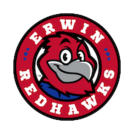
This resource is to help students learn how to sequence events in story.
- Subject:
- Reading Foundation Skills
- Material Type:
- Activity/Lab
- Author:
- MEGHAN PENNY
- Carrie Robledo
- Date Added:
- 03/25/2022

This resource is to help students learn how to sequence events in story.

This parent guide supports parents in helping their child at home with the 4th grade ELA content. Within the folder you will access Parent Guide PDFs in FIVE Languages: Arabic, English, Hindi, Spanish, and Vietnamese to help on-going communication with caregivers.
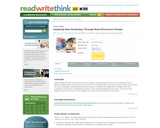
This lesson employs direct instruction and small-group discussion to help students learn new vocabulary skills while reading Patricia Polacco?s Pink and Say.
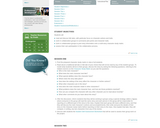
In this lesson, collaborative groups will read a variety of American tall tales, then report elements of their story to the whole class. Students add story information to a collaborative, whole-class character study matrix that summarizes all the stories. In a writing activity, students compare two characters of their choice. The lesson process is applicable to any set of related texts.
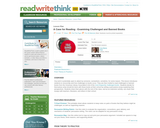
Students examine books, selected from the American Library Association Challenged/Banned Books list, and write persuasive pieces expressing their views about what should be done with the books at their school.
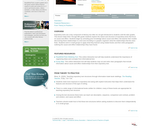
In this lesson students explore expository texts about natural disasters that focus on cause-and-effect relationships. As a class students record their understandings in a graphic organizer. Students then work in small groups and write paragraphs outlining the cause-and-effect relationships they have found.
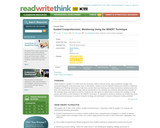
Based on the Guided Comprehension Model developed by Maureen McLaughlin and Mary Beth Allen, this lesson introduces students to the comprehension strategy of monitoring.

Students will read background information, a passage from Lewis' Carroll's work, sentences, words in context, vocabulary, and a writing prompt. Students will write words, ideas to support a main idea, and an essay. This resource supports English language development for English language learners.

Students will read background information, a poem, idioms, vocabulary, definitions, sentences, a graphic organizer, and a prompt. Students will write what idioms mean, words to complete sentences, a main idea, and a story. This resource supports English language development for English language learners.

Students will read a description of first and third person narrations. Students will then read background information about a passage, read the passage, and write the passage in order to change it from first to third person narration. This resource supports English language development for English language learners.

Students will read a description of first and third person narrations. Students will then read background information, read a passage, and write in order to change the passage from third to first person narration. This resource supports English language development for English language learners.

Students will read a passage and examples, and then write to answer questions and apply a strategy based on the passage. This resource supports English language development for English language learners.

Students will read a passage and write textual evidence to support a main idea. This resource supports English language development for English language learners.

Students will read a passage and use context clues to determine the meanings of words. This resource supports English language development for English language learners.

Students will read two passages from a book and infer the author's message about two differente settings. This resource supports English language development for English language learners.

Students will read a passage and use context clues to determine the meaning of vocabulary in the passage. This resource supports English language development for English language learners.

This resource supports English language development for English Language Learners. Students can read the classic fairy tale online or print out the available PDF. Accompanying audio is also available for supporting comprehension and building fluency.

Students will read a description of and a passage from Rober Louis Stevenson's work. Students will then write answers to questions based on the passage. This resource supports English language development for English language learners.

Students will read paragraphs, write to make inferences based on the paragraphs, and write the textual evidence they used to make their inference. This resource supports English language development for English language learners.
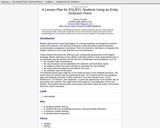
Students will build speaking and listening skills through discussion, develop fluency and literary understanding, and will build skills in written expression.This resource supports English language development for English Language Learners. This is a full lesson plan focusing on the poem "I'm Nobody." The plan includes activities in all language domains with multiple opportunities for student interaction.